Neft Daşları is an industrial settlement in Baku, Azerbaijan. The settlement forms part of the municipality of Çilov-Neft Daşları in the Pirallahy raion. It lies 100 km (62 mi) away from the Azerbaijani capital Baku, and 55 km (34 mi) from the nearest shore in the Caspian Sea.
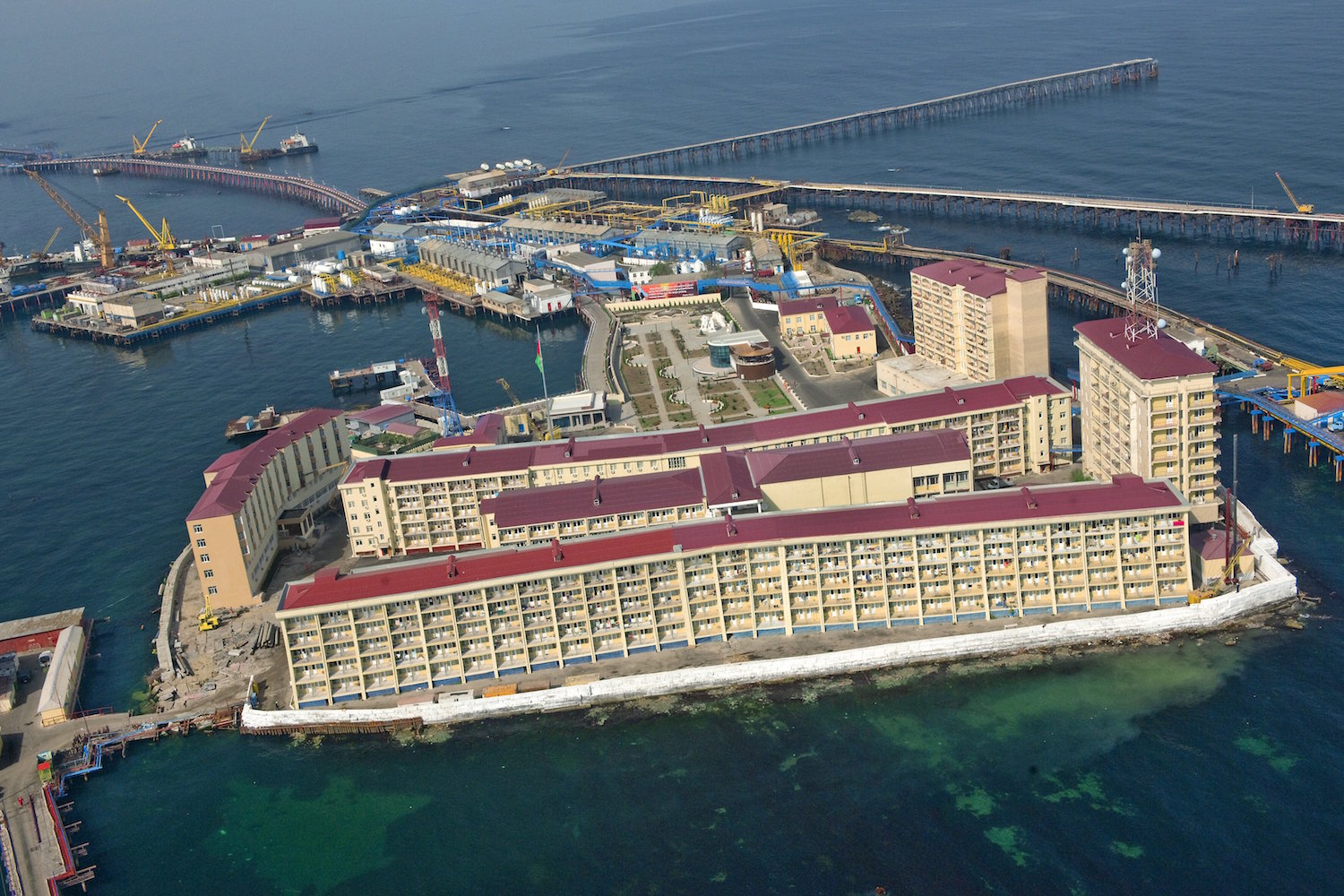
A full town on the sea, it was the first oil platform in Azerbaijan, and the first operating offshore oil platform in the world, incorporating numerous drilling platforms.
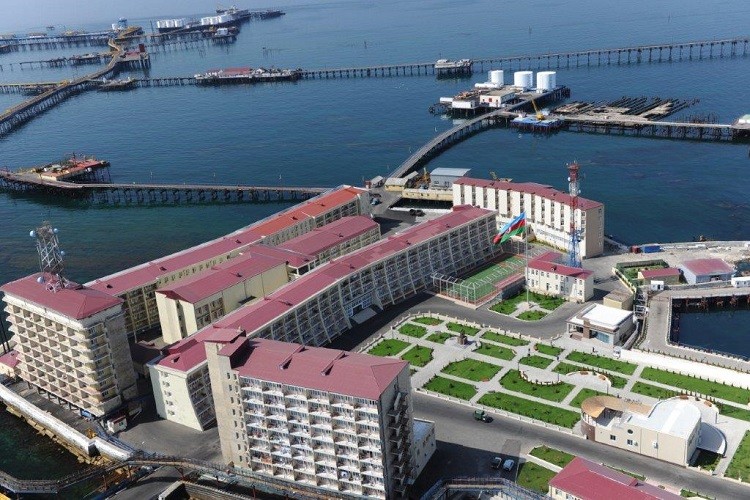
The first large-scale geological study of the area was conducted in 1945–1948. The settlement of Neft Daşları was built after oil was discovered there on 7 November 1949, at 1,100 metres (3,600 ft) beneath the Caspian Sea.
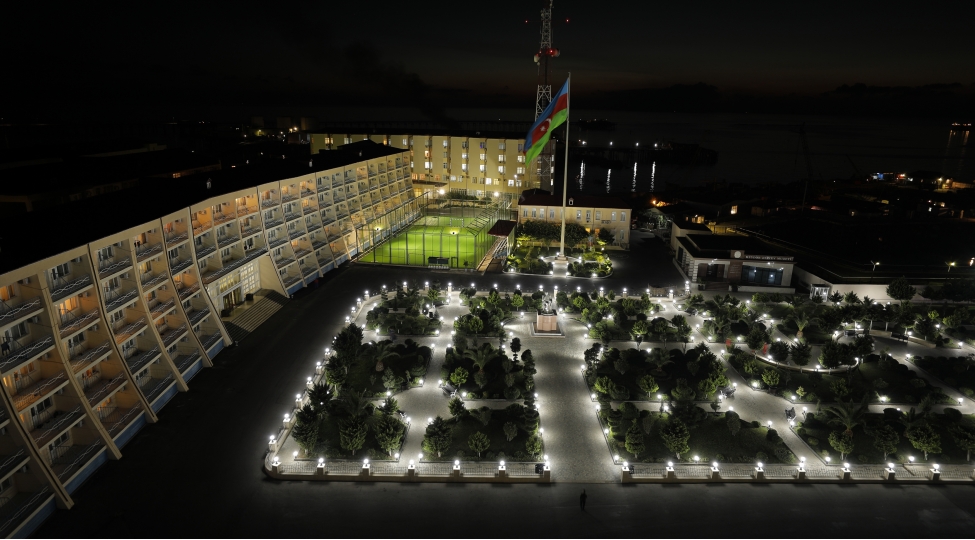
By 1951, the Neft Daşları was ready for production, equipped with all of the infrastructure needed at the time. Drilling platforms were erected, oil tanks installed, and docks with enclosures for ships were built. The first oil from the Neft Daşları was loaded into a tanker in the same year.

In 1952, the systematic construction of trestle bridges connecting the artificial islands was begun. A number of Soviet factories constructed crane assemblies especially for use on the Neft Daşları, along with a crane barge that could carry up to 100 tons of oil. The assemblies were equipped with diesel hammers used to drive piles into the sea floor.
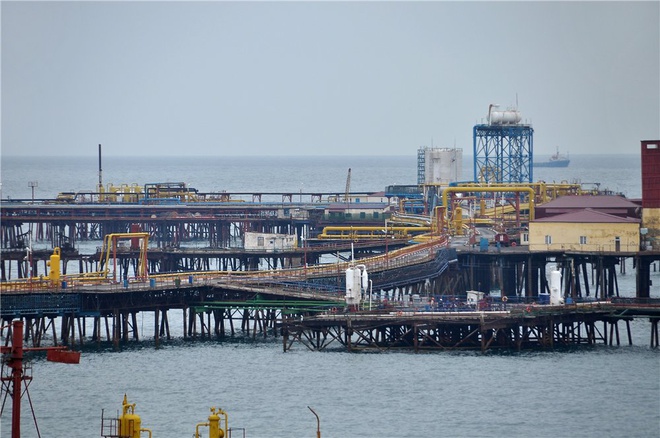
Large-scale construction started on the settlement in 1958, which included nine-story hostels, hotels, cultural palaces, bakery factories and lemonade workshops.
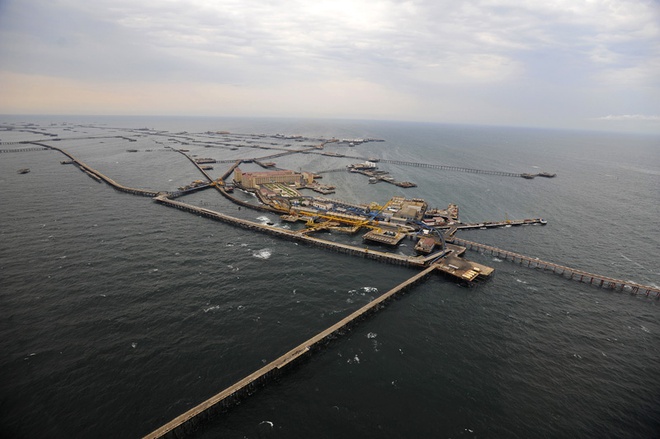
The mass development of Neft Daşları continued during 1976-1978 with the building of a five-story dormitory and two oil-gas compressor stations, the installation of a drinking water facility, and the construction of two underwater pipelines to the Dubendi terminal, each with a diameter of 350 millimetres (14 in).
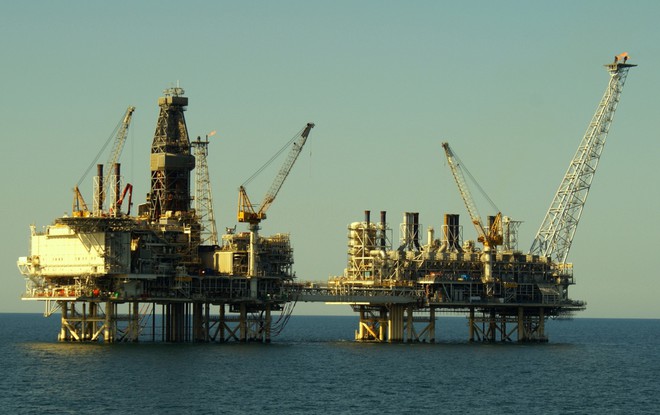
Apart from being an industry, it is actually a functional city with a population of about 2,000 and over 300 km (190 mi) of streets built on piles of dirt and landfill.
According to en.wikipedia











